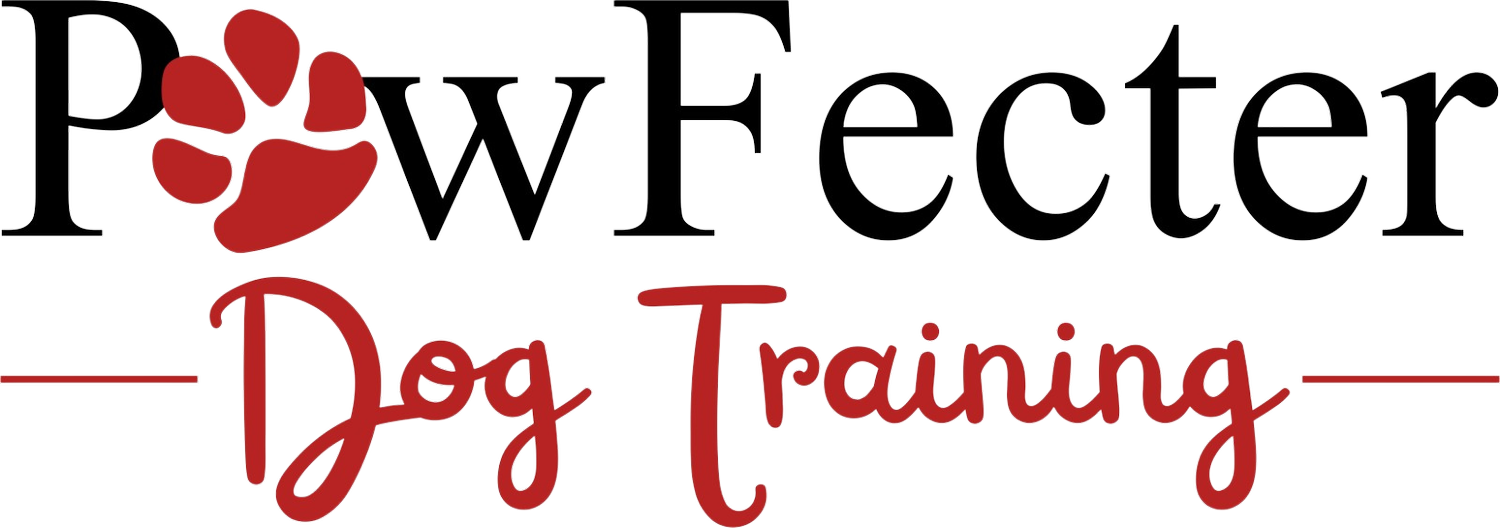Unlocking the Secrets of Canine Hip Health: Understanding Ailments, Supplements, and Exercise
Welcome back to our health series, where we delve into the intricate world of our furry companions' well-being. Today, we shine a spotlight on a crucial aspect of canine anatomy – the hips. Join us as we explore common ailments, beneficial supplements, and exercise regimes aimed at keeping our dogs' hips strong and healthy.
**Common Ailments and Their Symptoms:**
1. **Hip Dysplasia:** A genetic condition where the hip joint develops abnormally, leading to instability and degeneration. Symptoms include lameness, difficulty rising, reluctance to exercise, and a swaying gait.
2. **Osteoarthritis:** A degenerative joint disease characterized by the breakdown of cartilage and inflammation in the hip joint. Symptoms include stiffness, pain, swelling, and decreased mobility.
3. **Hip Fractures:** Resulting from trauma or injury, hip fractures cause acute pain, lameness, swelling, and reluctance to bear weight on the affected limb.
**Beneficial Food Supplements:**
1. **Glucosamine:** A natural compound that supports cartilage health and helps reduce inflammation in the joints.
2. **Chondroitin Sulfate:** Works in conjunction with glucosamine to maintain cartilage integrity and improve joint function.
3. **Omega-3 Fatty Acids:** Possess anti-inflammatory properties that can help alleviate joint pain and stiffness associated with hip conditions.
4. **MSM (Methylsulfonylmethane):** A sulfur compound that aids in reducing joint inflammation and promoting cartilage repair.
**Things to Avoid:**
1. **Excessive Sports and High-Impact Exercise:** Activities like agility training, repetitive fetching, and prolonged running can place undue stress on the hips, exacerbating existing conditions or predisposing dogs to injury.
2. **Obesity:** Excess weight puts additional strain on the hip joints, accelerating wear and tear and increasing the risk of developing hip-related ailments.
3. **Overexertion:** Avoid pushing your dog beyond their physical limits, as this can lead to muscle fatigue and joint strain.
**Beneficial Exercises for Hip Health:**
1. **Swimming:** An excellent low-impact exercise that strengthens muscles without putting stress on the hip joints.
2. **Moderate Walking:** Regular, brisk walks help maintain joint mobility and strengthen supporting muscles around the hips.
3. **Gentle Stretching:** Incorporate gentle stretching exercises into your dog's routine to improve flexibility and range of motion in the hips.
4. **Balanced Core Strengthening:** Engage your dog in activities that promote core strength, such as balance exercises and obstacle courses, to support hip stability.
**In Conclusion:**
The hips are integral to a dog's mobility and overall quality of life. By being proactive in identifying and managing hip-related ailments, providing beneficial food supplements, and implementing a balanced exercise regimen, we can help safeguard our canine companions' hip health and ensure they lead active and fulfilling lives. Remember, always consult with your veterinarian for personalized advice and guidance tailored to your dog's specific needs. Here's to happy, healthy hips and wagging tails!

